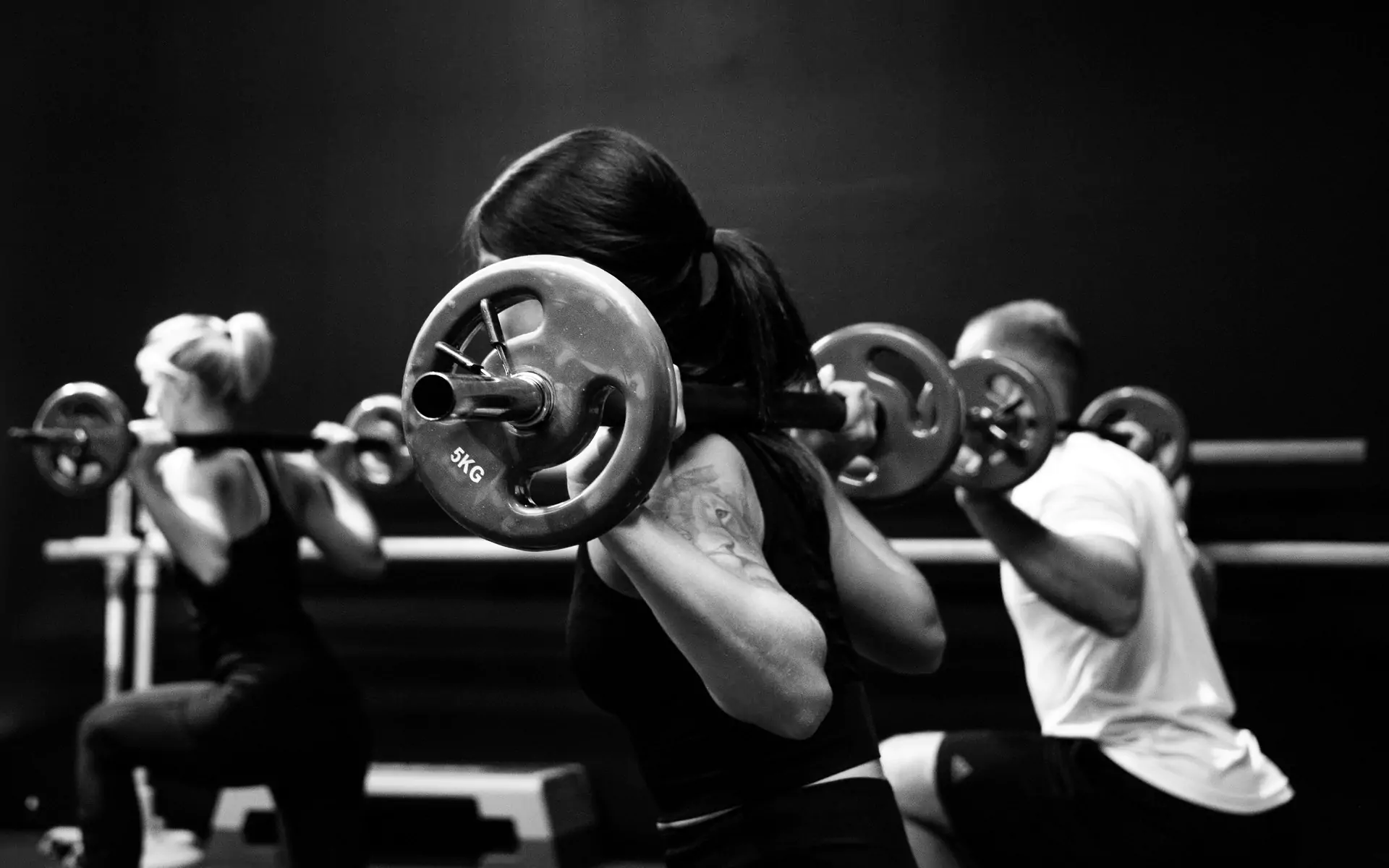The yoga craze of the late twentieth century ended up segueing into the Pilates craze of the early 2000's but many people questioned the exercise value of both. Despite media hoopla, few people actually seemed to understand the physical benefits of either. The truth is that both forms of exercise have unique approaches to fitness and can provide significant benefits for the strengthening and conditioning of the body. Though comparable in the focus on strengthening the body through isometric movements, the paths of yoga and Pilates ultimately diverge.
Yoga was developed over five thousand years ago in Northern India. It is first mentioned in the sacred Hindu text Rig Veda. During its first clear period, yoga was practiced and refined by Vedic priests, who documented the practice in their writings. Patanjali, who is considered by most to be the father of classical yoga, fostered the next phase of yoga's development. Following Patanjali's broad expansion of yoga and its meanings, Tantric yoga became accepted as the new form of yoga and concentrated on cleansing both the mind and the body. Yoga finally neared its modern form in the late nineteenth and early twentieth century when more and more Indian yogis traveled to the West, sharing their art and increasing the world's interest in yoga. The 1947 premiere of Indra Devi's yoga studio in Hollywood became the opening bell to the American fascination with yoga. While most incarnations of yoga have had a strong spiritual element, modern Hatha yoga does not align itself with any religion or spirituality; instead it focuses primarily on the yoga postures and using them to reach and maintain strength and flexibility as well as inner calm.
Compared to yoga, Pilates is a spring chicken in terms of age. Joseph Pilates, who was born in Germany and suffered frail health as a child, created the program. Pilates overcame his childhood sicknesses through exercise and began to create a system of physical development that would later become his legacy to the world. In his thirties, Pilates traveled to England to work as a self-defense instructor to Scotland Yard but was forced into an internment camp during World War I. Despite the hardship of internment, Pilates went about his business within the camp, teaching his physical program to his fellow internees. During the terrible flu epidemic of 1918, thousands of people died, but none of Pilates' protégés were affected. Following the war, Pilates returned to Germany but left for good when asked to teach his method to the German army. Settling in New York City with his new wife, Pilates opened his first fitness studio. He taught thousands of students until his death in 1967 at the age of 87. Trusted students carried on with the Pilates name and method, and by the early twenty-first century more than Five million Americans were practicing Pilates.
Despite the wildly different histories, yoga and Pilates share the same focus on developing the muscles of the body and strengthening it by primarily using the body's own resistance to build up power. The postures of yoga and the movements of Pilates are sometimes strikingly similar, but ultimately the two follow separate roads. Yoga has spawned a multitude of varieties that range from Kundalini to Iyengar to Tantric, though Hatha remains the most popular form in the United States. Many first-time yoga practitioners can find the pace to be overly slow or grow impatient while waiting to see results. The best candidate for Hatha yoga is a person who appreciates time to slow down, meditate, and spend quiet time with oneself, and does not become easily discouraged by failure to immediately master a pose. Yoga requires a certain measure of patience and while this can be developed through practice, lacking it can make the first several weeks of yoga practice very trying for a person. The good thing about yoga is that it rarely requires extra equipment. You will need a yoga mat to begin with but after that, accessories are optional. Blocks, straps, and other tools can be helpful, but are not required.
Pilates is a method that is fairly easy to master. It doesn't call for complicated movements and is usually straightforward and simple to understand. The program's movements also tend to build strength fairly quickly so that results are apparent sooner than in yoga. The ideal Pilates practitioner should be able to discipline himself to complete his routine every day, which is a large part of the method. Attending classes is a great way to start but for the maximum results, the method should be practiced daily to benefit the body. Pilates typically doesn't require many props or accessories, though advanced practitioners will probably want to add machines or tools to their collection in order to maintain a high level of fitness.
